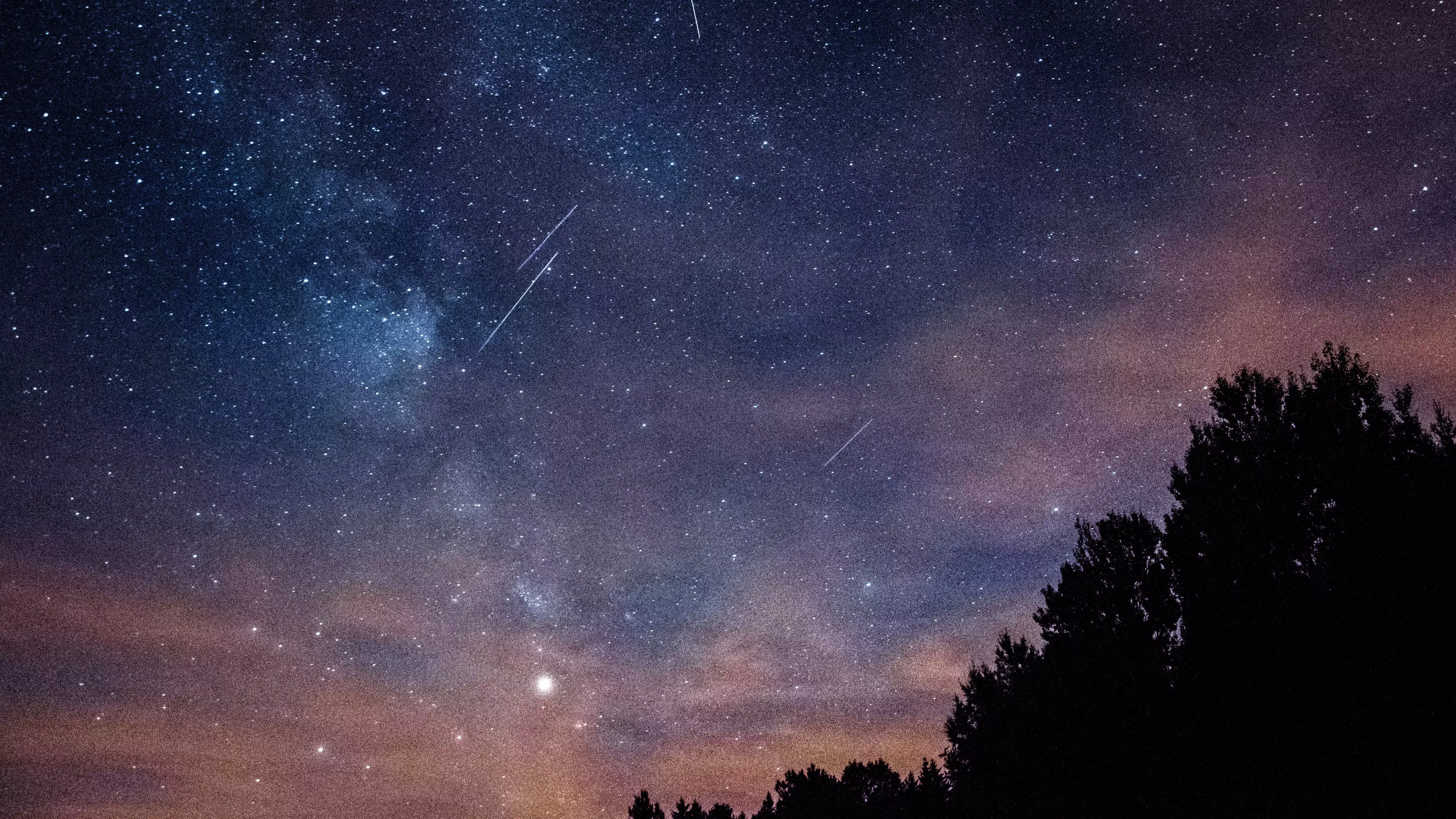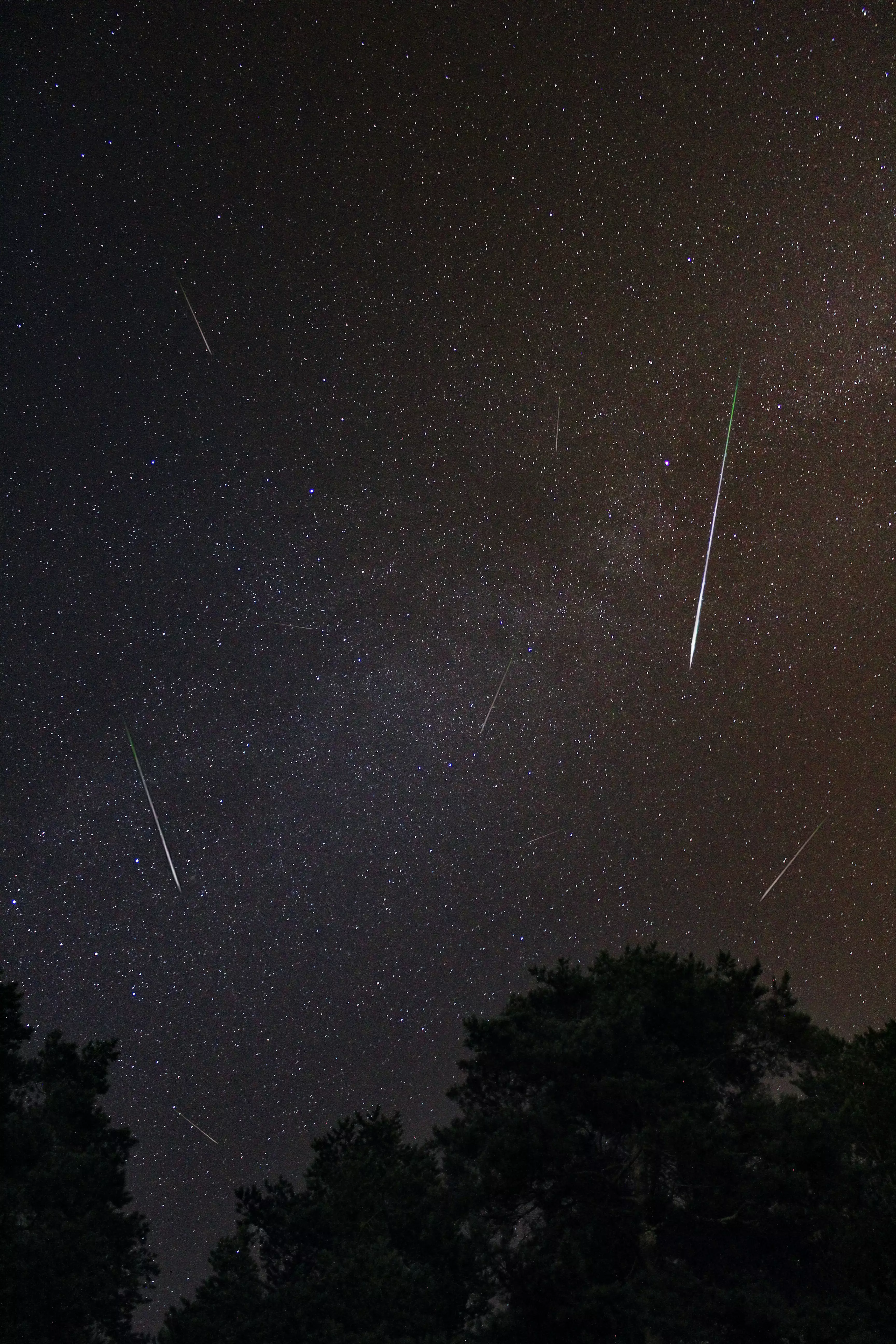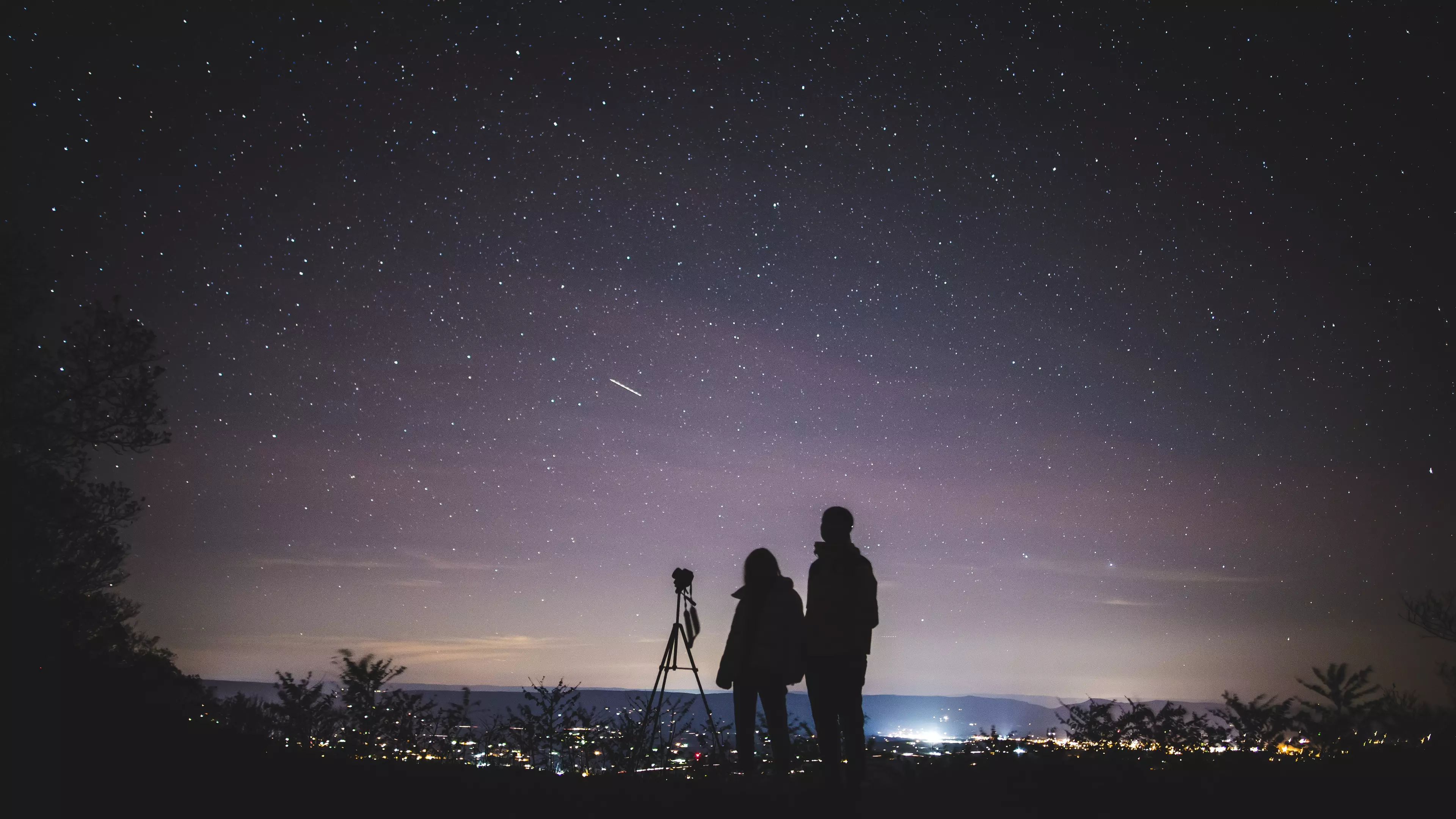
There's going to be an incredible meteor shower this month - and it's set to be a spectacular sight.
The Orionid shower will begin today, Friday 2nd October until 7th November and will see hundreds of shooting stars darting across the night sky.
While the spectacle will be running for around six weeks, the best time to see the shower will be on Wednesday 21st October, with Nasa explaining we can expect around 20 meteors per hour.

The Orionid meteor shower occurs every year in October, when Comet Halley enters the solar system. As the Earth passes through the debris of ice and dust, the bits collide with our atmosphere before disintegrating and creating fiery "explosions of light".
Advert
Writing about the shower, Nasa said: "The Orionids, which peak during mid-October each year, are considered to be one of the most beautiful showers of the year. Orionid meteors are known for their brightness and for their speed.
"These meteors are fast - they travel at about 148,000 mph (66 km/s) into the Earth's atmosphere. Fast meteors can leave glowing 'trains' (incandescent bits of debris in the wake of the meteor) which last for several seconds to minutes.
"Fast meteors can also sometimes become fireballs: Look for prolonged explosions of light when viewing the Orionid meteor shower.
Advert
"The Orionids are also framed by some of the brightest stars in the night sky, which lend a spectacular backdrop for these showy meteors."
And Nasa has even provided some tips on how we can all keep a look out for the mesmerising shower over the next few weeks.

Explaining they are viewable in both the Northern and Southern hemispheres after midnight, Nasa recommend finding an area away from city or street lights.
Advert
"Come prepared with a sleeping bag, blanket or lawn chair. Lie flat on your back with your feet facing southeast if you are in the Northern Hemisphere or northeast if you are in the Southern Hemisphere, and look up, taking in as much of the sky as possible," they explain.
"In less than 30 minutes in the dark, your eyes will adapt and you will begin to see meteors. Be patient - the show will last until dawn, so you have plenty of time to catch a glimpse."
Certainly sounds like it's going to be a beautiful sight to behold! We can't wait to watch - don't forget to wrap up warm...